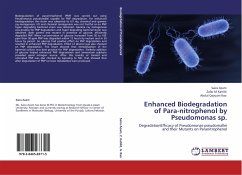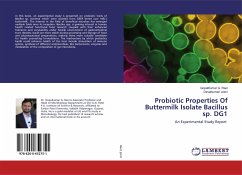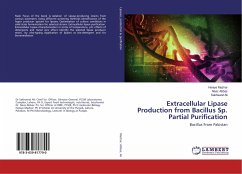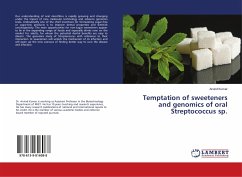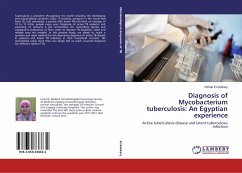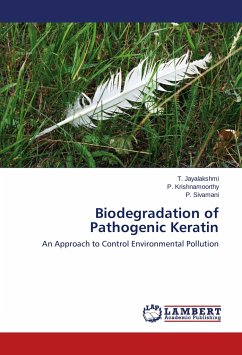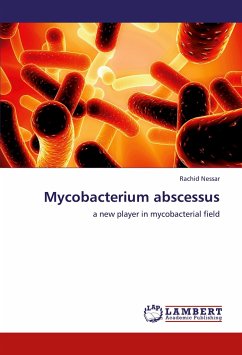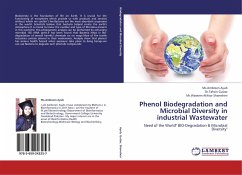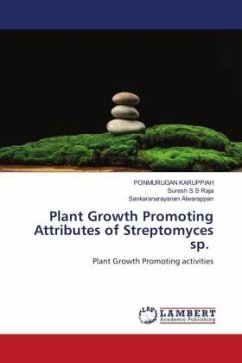
Biodegradation of MTBE by Mycobacterium vaccae JOB5 and Graphium sp.
Cometabolism, inhibition, kinetics and modeling of MTBE, TBF, and TBA by Propane and iso-Pentane grown microorganisms
Versandkostenfrei!
Versandfertig in 6-10 Tagen
45,99 €
inkl. MwSt.

PAYBACK Punkte
23 °P sammeln!
Since the early 1980s, methyl tert-butyl ether (MTBE) has been the most common octane booster and fuel oxygenate used in gasoline in the United States. The Clean Air Act of 1990 mandated the use of so-called reformulated gasoline ; by the late 1990s, widespread surface and groundwater MTBE contamination caused by gasoline spills and leakage became a crisis across the US. Two different microorganisms, Mycobacterium vaccae JOB5 and Graphium sp., were studied to evaluate their ability to aerobically cometabolize MTBE and its metabolites after growth on propane and iso-pentane. Both cultures were ...
Since the early 1980s, methyl tert-butyl ether (MTBE) has been the most common octane booster and fuel oxygenate used in gasoline in the United States. The Clean Air Act of 1990 mandated the use of so-called reformulated gasoline ; by the late 1990s, widespread surface and groundwater MTBE contamination caused by gasoline spills and leakage became a crisis across the US. Two different microorganisms, Mycobacterium vaccae JOB5 and Graphium sp., were studied to evaluate their ability to aerobically cometabolize MTBE and its metabolites after growth on propane and iso-pentane. Both cultures were capable of cometabolizing MTBE and the metabolites, tert-butyl formate (TBF) and tert-butyl alcohol (TBA). MTBE, TBF, and TBA did not support growth of either microbe. Higher degradation rates were obtained in the bacterial system when the cultures were grown on iso-pentane. Nonlinear least squares regression and direct linear plot methods were used to estimate kinetic coefficients and provided comparable results. The enzymes involved in cometabolism of MTBE and its metabolites exhibited similar kinetics and substrate inhibition. Experimental data was modeled with Monod kinetics and STELLA®.



